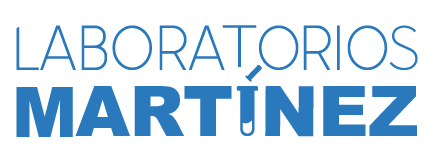So the only way to get rewarding results from search engines like Google is to focus on creating quality content over quantity and give top priority to your users. That being said, keyword research is extremely important before creating any blog post. Keyword research is the process of finding words and phrases that people use in search engines like Google. Now that we’ve covered what influences your search ranking, it’s time for some actionable advice.
- SEO works by optimizing various elements of a website to make it more accessible to search engines, ultimately improving its visibility and ranking in search engine results pages (SERPs).
- SEO is the process of improving a website’s rankings in the organic (not paid) listings in search engines such as Google, Bing, Yahoo etc.
- Ranking is the process of determining the order in which websites appear in search results.
- Unlike paid advertising, this traffic is sustainable and grows when you maintain optimization efforts.
- The process for search engine optimization is easier than it appears to be.
- LinkedIn is a networking platform, so it rewards consistent engagement.
SEO, or search engine optimization, is the lowest-cost and most effective ways to drive traffic to your website. You may find it easier to start with the core content of the page and let that inform the rest of your on-page SEO strategy. When writing your content, ensure your target keyword is present in your H1 title to aid higher ranking. Incorporate your keywords naturally throughout the rest of your body text, making sure it is present in the first 100 words. Keyword optimization involves finding phrases, words and language relevant to what your target audience is searching for and including them on your web pages. This helps those searching for keywords used on your pages find your website easier in SERPs.
8. Factors influencing search volume of Keywords
Drawing from our experience with LinkedIn search engine optimization, we’ve compiled a list of hacks that will help you rank higher. When executed well, search engine optimization (SEO) tactics put your brand name at the top of search results—a huge win if you’re looking for more organic traffic and brand awareness. But ramping up your SEO efforts can feel overwhelming if you’re unsure where to begin. Before crafting content or chasing backlinks, ensure your website’s technical setup is airtight. Google prioritizes sites that load quickly, function smoothly, and cater to mobile users—especially for local searches.
And Google’s first page told me that people searching for “conversion rate optimization” wanted a guide. Your content needs to give someone searching for your keyword what they want. These show you long tail keywords that don’t usually have a ton of competition on Google’s first page. For the sake of finding keywords, we want to focus on the “Text & Phrases” section.
Keyword-rich URLs and internal linking improve navigation and signal content relationships to search engines, enhancing rankings. SEO involves optimizing a website’s structure, content, and navigation, which can enhance your user’s experience. Ensuring your website is accessible is something that SEO Anomaly is important to search engines, such as Google.
Image compression is a process that removes some unnecessary image data while preserving image quality. It can be very useful for content-heavy websites (like news magazines or larger blogs). If you run a WordPress website, there’s an official AMP plugin to help you with implementation. Last but not least, make sure the physical location of the server is as close to your target audience as possible (e.g. if you target the US market, don’t have a server located in Germany). These links include contextual in-text links or “further reading” boxes that link to other pages from your website that might be interesting for your visitor.
Master Semrush, Ahrefs, Moz & More!
Before jumping in and writing your keyword-targeted blog post, it’s important to perform additional research to properly structure your content. A very efficient way to come up with keywords ideas is to look at the queries your competitors are already ranking for. If they are competing with your seed keywords, chances are they are ranking for many relevant keywords you haven’t even considered. To create your content mind map, you will need to brainstorm the main topics and subtopics for your blog or website. The goal of the mind map is to drive keyword research, content production, and overall content strategy.
From your website’s sidebar to footer to search bar on your site, navigation on your website is extremely important. Let’s briefly talk about each one of them so you can better understand those steps. Download our free guide to discover the holistic approach that results in effective social selling.


